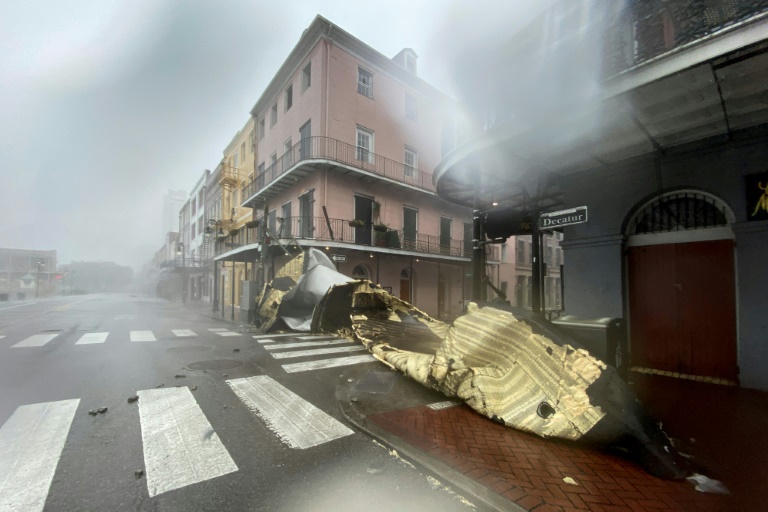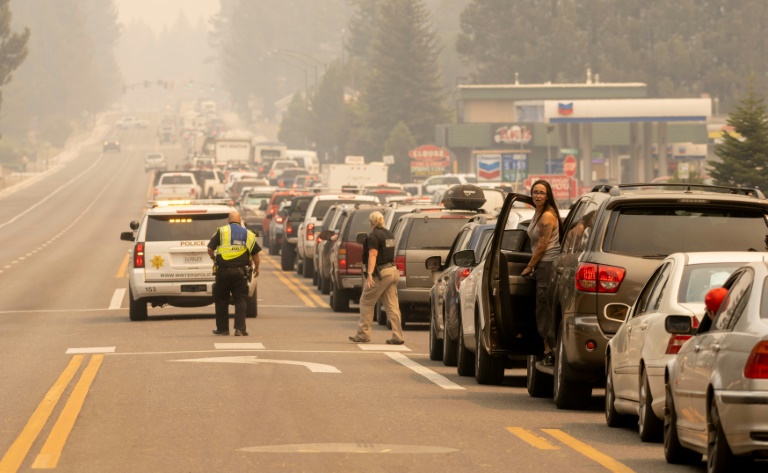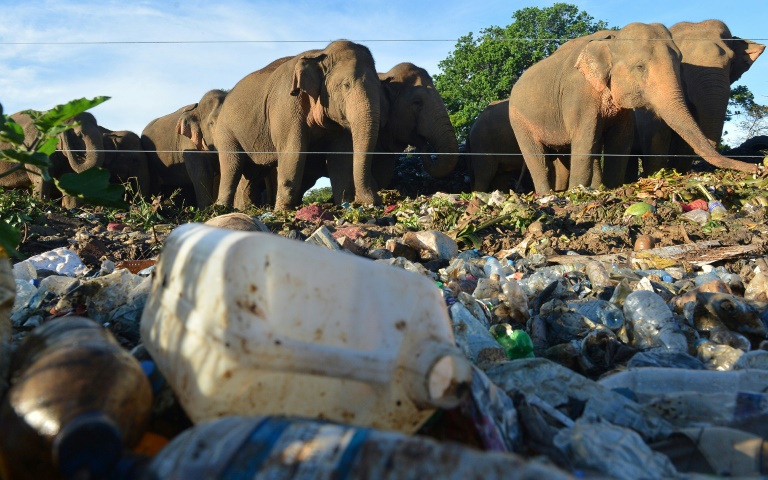Ida inflicts 'catastrophic' destruction on Louisiana
Rescuers on Monday combed through the “catastrophic” damage Hurricane Ida did to Louisiana, a day after the fierce storm killed at least two people, stranded others in rising floodwaters and sheared the roofs off homes.
The city of New Orleans was still mostly without power over 24 hours after Ida slammed into the Louisiana coast as a Category 4 storm, exactly 16 years to the day that Hurricane Katrina made landfall, wreaking deadly havoc.
“The biggest concern is we’re still doing search and rescue and we have individuals all across southeast Louisiana… who are in a bad place,” Louisiana Governor John Bel Edwards told NBC’s “Today”.
Two deaths have been confirmed as crews began fanning out in boats and off-road vehicles to search communities cut off by the hurricane.
Images of people being plucked from flooded cars and pictures of destroyed homes surfaced on social media, while the damage in New Orleans itself remained limited.
Ida — which was downgraded to a tropical depression on Monday — knocked out power for all of New Orleans, with more than a million properties across Louisiana without power, according to outage tracker PowerOutage.US.
“I was there 16 years ago. The wind seems worse this time but the damage seems less bad,” said French Quarter resident Dereck Terry, surveying his neighborhood in flip flops and a t-shirt, umbrella in hand.
“I have a broken window. Some tiles from the roof are on the streets and water came inside,” the 53-year-old retired pharmacist added.
According to Edwards the levee system in the affected parishes had “really held up very well, otherwise we would be facing much more problems today.”
– ‘Total devastation’ –
In the town of Jean Lafitte, just south of New Orleans, mayor Tim Kerner said the rapidly rising waters had overtopped the 7.5-foot-high (2.3-meter) levees.
“Total devastation, catastrophic, our town levees have been overtopped,” Kerner told ABC-affiliate WGNO.
“We have anywhere between 75 to 200 people stranded in Barataria,” after a barge took out a bridge to the island.
Cynthia Lee Sheng, president of Jefferson Parish covering part of the Greater New Orleans area, said people sheltered in their attics.
Several residents of LaPlace, just upstream from New Orleans, posted appeals for help on social media, saying they were trapped by rising flood waters.
“The damage is really catastrophic,” Edwards told Today, adding that Ida had “delivered the surge that was forecasted. The wind that was forecasted and the rain.”
President Joe Biden declared a major disaster for Louisiana and Mississippi, which gives the states access to federal aid.
One person was killed by a falling tree in Prairieville, 60 miles northwest of New Orleans, the Ascension Parish Sheriff’s Office said.
A second victim died while trying to drive through floodwaters in New Orleans, the Louisiana Department of Health tweeted.
Edwards reported on Twitter that Louisiana had deployed more than 1,600 personnel to conduct search and rescue across the state.
US Army Major General Hank Taylor told journalists at a Pentagon briefing that military, federal emergency management officials and the National Guard had activated more than 5,200 personnel in Louisiana, Mississippi, Texas, and Alabama.
– ‘Way less debris’ –
Most residents had heeded warnings of catastrophic damage and authorities’ instructions to flee.
“I stayed for Katrina and from what I’ve seen so far there is way less debris in the streets than after Katrina,” Mike, who has lived in the French Quarter, told AFP Monday, declining to give his last name.
The memory of Katrina, which made landfall on August 29, 2005, is still fresh in the state, where it caused some 1,800 deaths and billions of dollars in damage.
The National Hurricane Center issued warnings of storm surges and flash floods over portions of southeastern Louisiana, southern Mississippi and southern Alabama as Ida travels northeast.
As of 2100 GMT Monday, Ida was located about 20 miles northwest of Jackson, Mississippi, with maximum sustained winds of 20 miles per hour.
The storm system is expected to track across the United States all the way to the mid-Atlantic through Wednesday, creating the potential for flash flooding along the way.
Scientists have warned of a rise in cyclone activity as the ocean surface warms due to climate change, posing an increasing threat to the world’s coastal communities.





